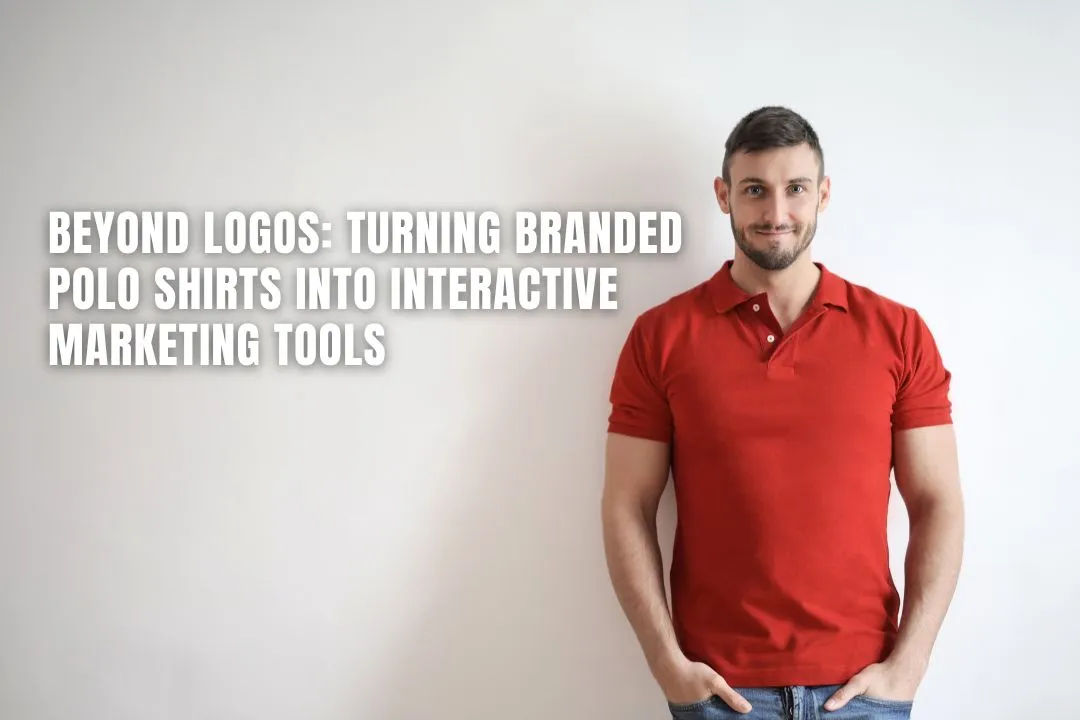
In today’s fast-paced business world, standing out requires creativity, and HR teams are finding fresh ways to make their mark. Branded polo shirts, often seen as simple uniform staples, are evolving into dynamic marketing tools that spark engagement. Beyond slapping a logo on fabric, these shirts can invite interaction, tell stories, and turn employees into brand ambassadors.
This article explores how HR can transform polos into conversation starters that amplify company presence.
A logoed polo shirt isn’t just clothing—it’s a walking billboard with untapped potential. When designed with purpose, it grabs attention and invites curiosity. Picture a shirt with a tagline that makes someone smile or a QR code linking to a company video. These touches transform a standard garment into a tool that engages customers, partners, or even passersby. For HR, this means equipping staff with gear that does more than look professional—it actively markets the business.
Turning a polo into a marketing tool starts with thinking outside the box. Here are practical ideas HR can use:
These ideas turn a shirt into a bridge between the company and its audience, making every wear a marketing moment.
Interactive polos sound fun, but HR needs to keep things grounded. Cost is a significant factor, fancy features like QR embroidery can add up. Partnering with local vendors or ordering in bulk can help stretch the budget. Durability matters, too; a shirt that fades or frays kills the vibe. Opt for quality fabrics that hold up, ensuring the investment lasts.
Employee buy-in is another piece of the puzzle. Some might hesitate to wear a shirt that feels too flashy. HR can ease this by involving staff in the design process, maybe a vote on slogans or colours. Offering size-inclusive, comfortable fits also shows care, making employees more likely to wear the polos proudly.
How do you know if the shirts are working? HR can track engagement through simple metrics. If a QR code links to a campaign page, monitor clicks. If a contest code is on the shirt, count entries. Anecdotal feedback counts, too, ask employees if customers mention their polos. One tech firm reported a 15% uptick in website visits after adding QR codes to staff shirts at a conference. Numbers like that show the shirts aren’t just cute but practical.
It’s not all about data, though. Employees who feel excited about their gear are more likely to talk up the company naturally. That enthusiasm is marketing gold, building trust in ways ads can’t.
Interactive polos come with challenges. Designing something eye-catching but not over-the-top takes finesse. HR might need to test a few prototypes to get it right. For remote teams, shipping shirts promptly keep everyone included. And while tech like QR codes is cool, not every employee’s tech-savvy, clear instructions or backup options, like a website URL, help.
There’s also the risk of overcomplicating things. A shirt with too many bells and whistles can distract from the brand itself. Keep the focus on one or two interactive elements that align with the company’s goals.
When done right, branded polo shirts do more than dress a team, they carry the brand into the world. They turn everyday moments into chances to connect, whether it’s a client scanning a code or a stranger asking about a clever slogan. This is a chance for HR to blend creativity with strategy, giving employees tools to shine as ambassadors. A well-designed polo doesn’t just sit on a shelf; it starts conversations, builds loyalty, and keeps the company’s story alive.